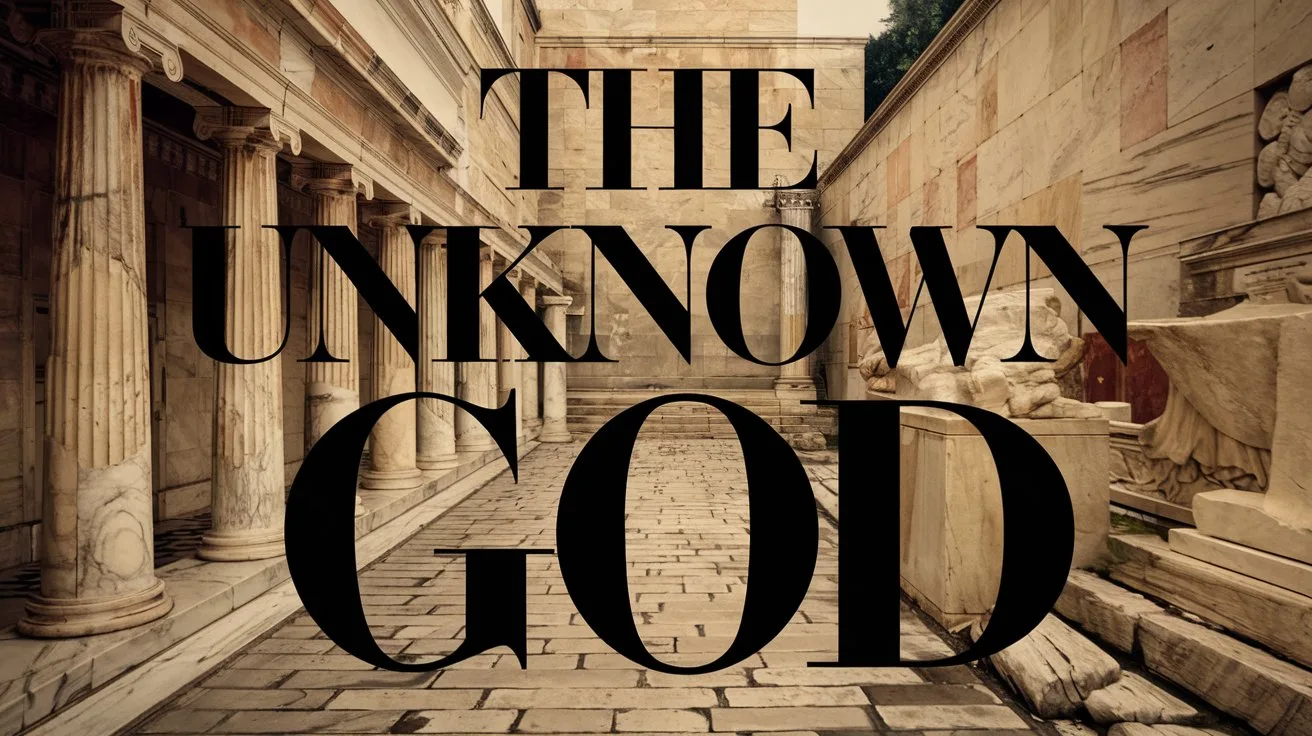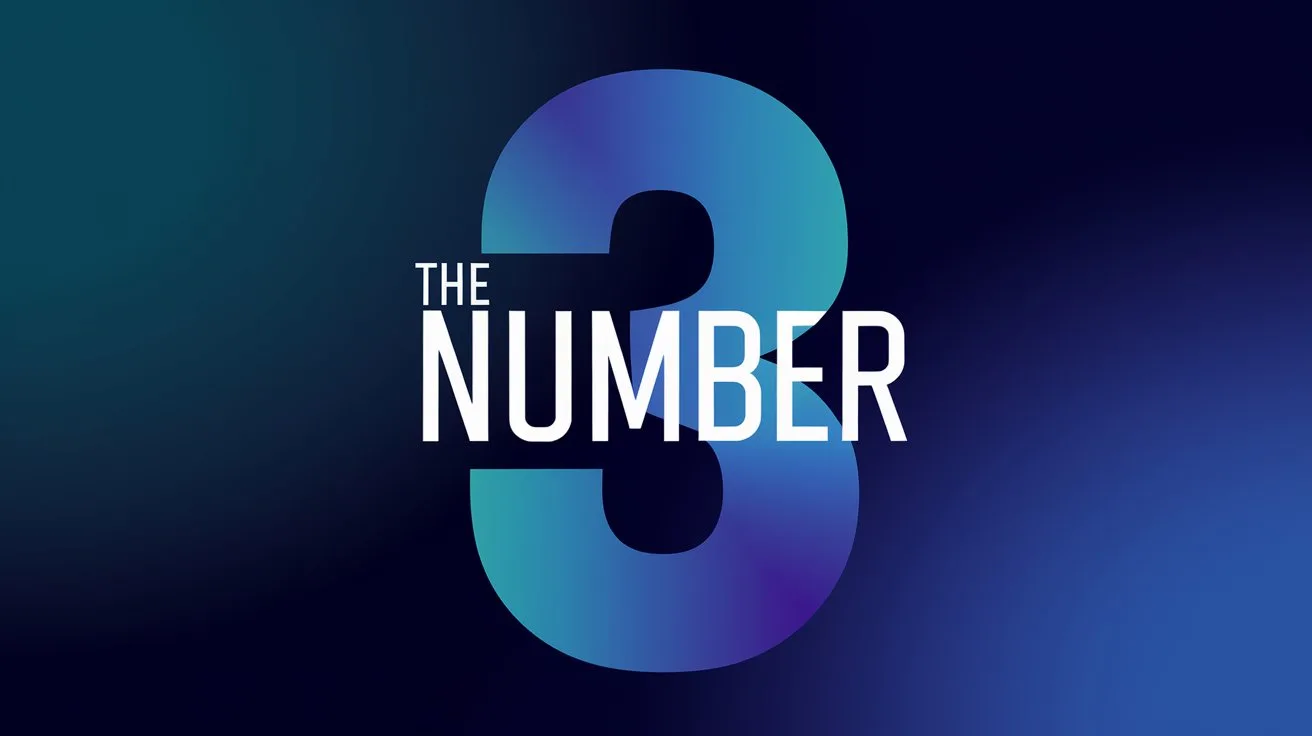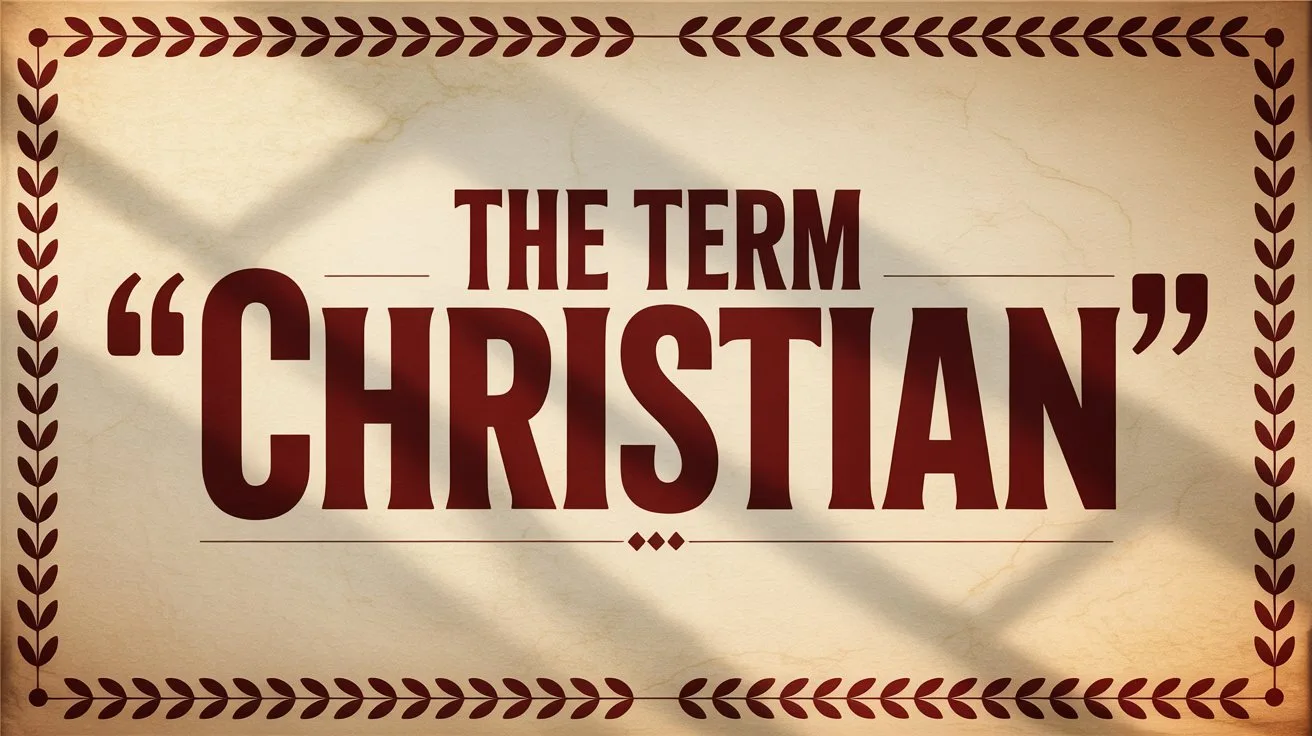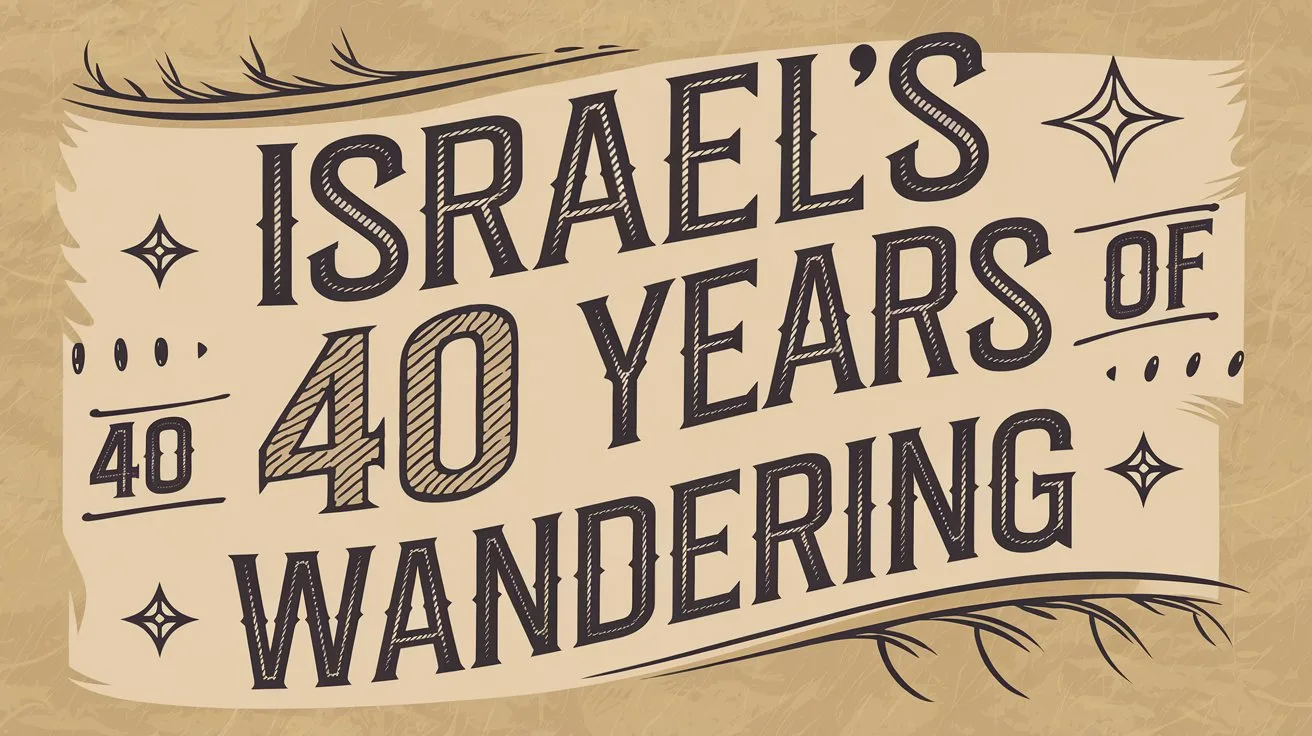Thomas, also called Didymus, meaning “Twin,” is listed among the twelve apostles in all four Gospel accounts (Matthew 10:3; Mark 3:18; Luke 6:15; Acts 1:13). His most detailed appearances occur in the Gospel of John.
In John 11:16, when Jesus announced His intention to return to Judea following the death of Lazarus, the other disciples were hesitant due to the danger. Thomas courageously said to the others, “Let us also go, that we may die with Him,” showing his loyalty and willingness to follow Christ even unto death.
At the Last Supper, when Jesus spoke of going to prepare a place, Thomas asked, “Lord, we do not know where You are going, and how can we know the way?” Jesus responded with the declaration, “I am the way, the truth, and the life. No one comes to the Father except through Me” (John 14:5–6), affirming the exclusivity of salvation through Him.
Thomas is most known for his reaction to Jesus’ resurrection. When the other disciples told him they had seen the risen Lord, Thomas replied, “Unless I see in His hands the print of the nails, and put my finger into the print of the nails… I will not believe” (John 20:25). Eight days later, Jesus appeared again and invited Thomas to see and touch His wounds. Thomas responded, “My Lord and my God!” (John 20:28). Jesus replied, “Because you have seen Me, you have believed. Blessed are those who have not seen and yet have believed” (John 20:29).
Thomas’ progression from doubt to a bold confession of faith serves to strengthen believers who may struggle with uncertainty. His final recorded words in Scripture express complete acknowledgment of Jesus’ divine nature. Church tradition holds that Thomas later carried the Gospel as far as India, where he ministered and died for his faith, though this is not detailed in the biblical text.







